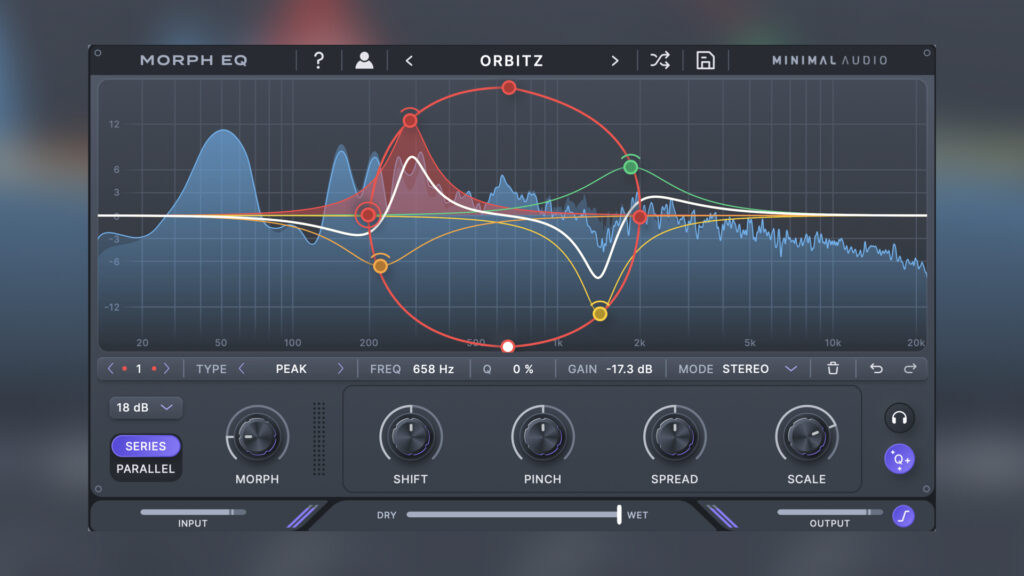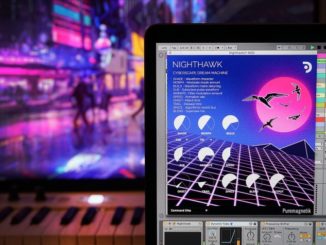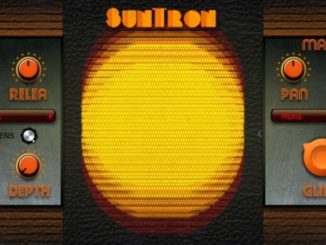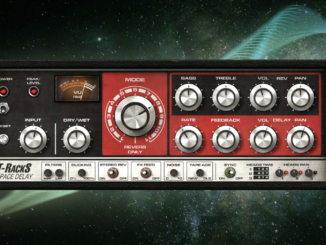Minimal Audio Morph EQ is more than just another equalizer plugin, it’s an expressive EQ designer with drawable morph paths and more.
The young company Minimal Audio entered the world of plugins with the Rift plugin. An exciting multi-FX plugin focusing on building custom distortion tones from scratch. Not to forget the free plugin Rift Feedback Lite, designed for exploring creative feedbacks.
After Rift comes Morph EQ, a new EQ plugin with a special approach. Here they go in the same direction as UVI with its Shade plugin.
Minimal Audio Morph EQ
Morph EQ is, as the name suggests, an equalizer plugin with a creative morphing function. It features seven different filter types with flexible routing options. Each filter can operate in mono, stereo, or mid-side modes. You can also arrange the filters in serial and parallel configurations. It also hosts a spectrum analyzer that shows you what’s happening in real-time. For me, the routing options is clever here because it opens the field for more advanced filtering tasks.
The highlight of the plugin is the morphing engine. It allows you to draw custom morphing paths, which you can then navigate with the big morph knob. Morph EQ also includes an adaptive Q mode that adds analog-inspired resonance timbres to the plugin. These are nice for creating unique real-time filtering effects that go beyond classic equalization. Further, you get handy macro controls over all parameters, including filter cutoff, morphing, and stereo movement.
Minimal Audio ships the plugin with over 100 presets, which are a perfect starting point. To make the workflow as quick as possible, the developers also added EQ undo and redo functions.
At first glance Morph EQ is not another “more of the same” EQ plugin. It offers the user a new approach allowing you to use the filters not only for simple equalization but also as an advanced creative effect processor.
Minimal Audio Morph EQ is available now for an introductory price of $49 USD. The plugin runs as a 64-bit VST, VST3, AU, and AAX plugin on macOS and Windows.
More information here: Minimal Audio





Be the first to comment